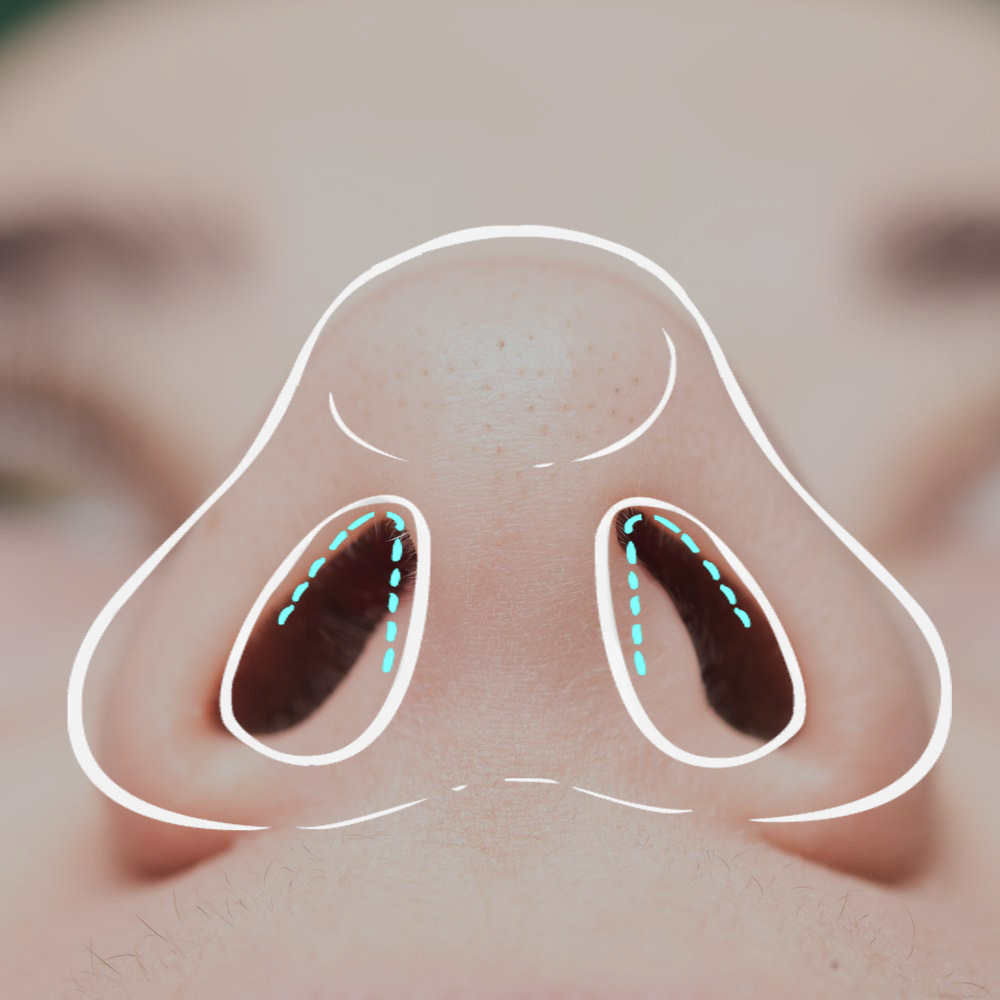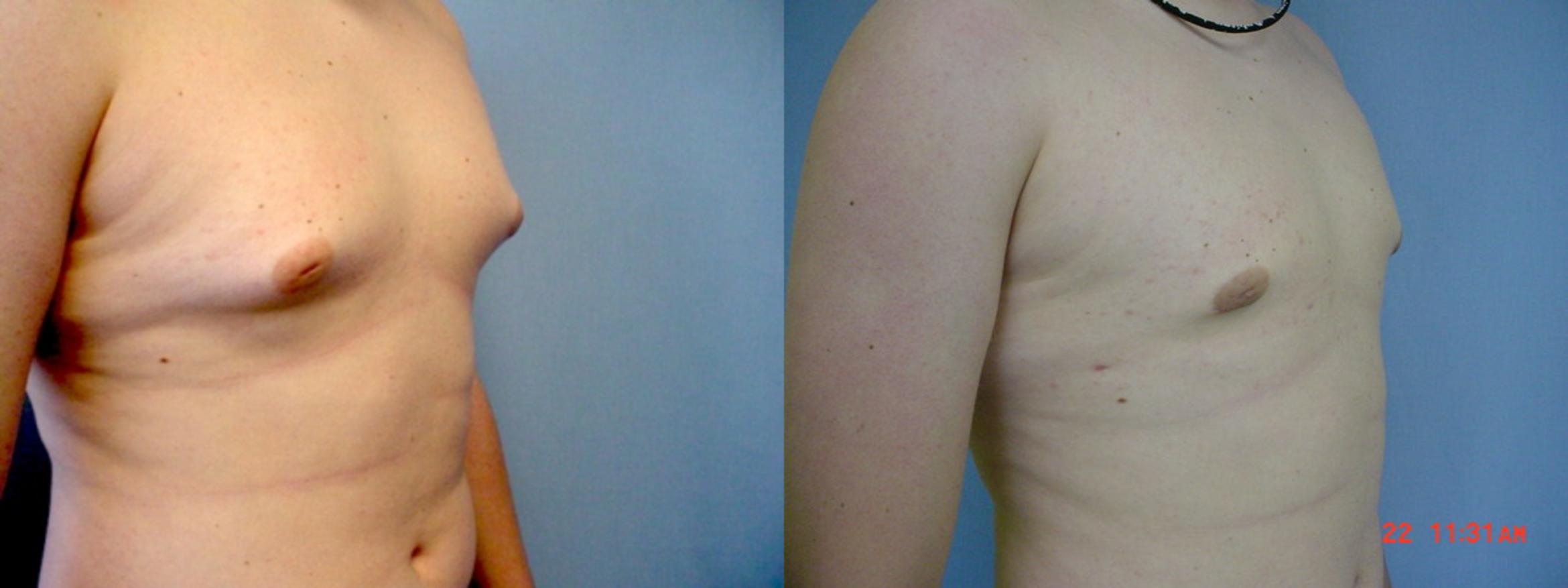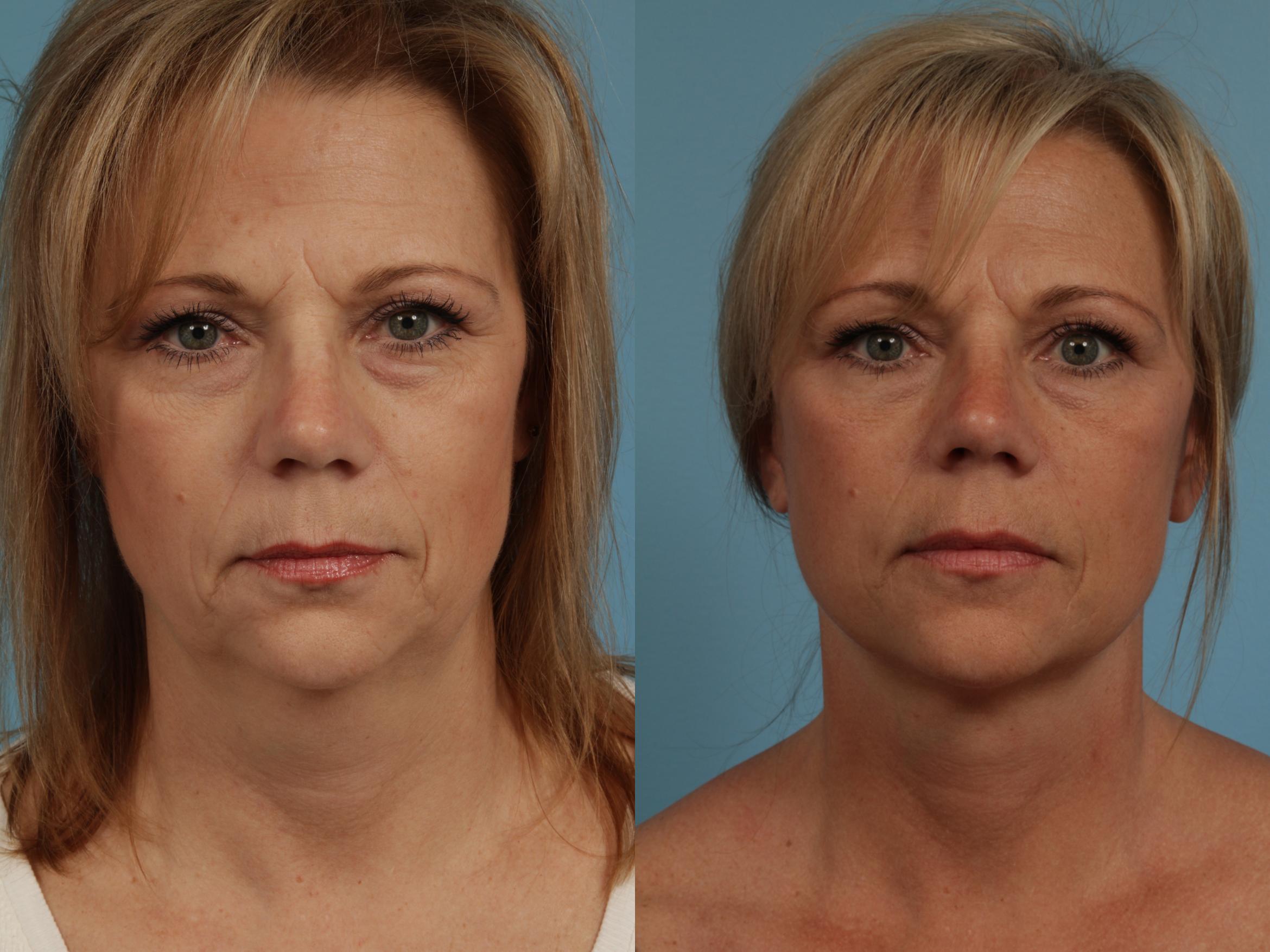
When considering plastic surgery, many people wonder about the benefits of a mini face lift vs. full face lift. Each procedure offers its own advantages. Here are some of the main differences between them. If you're considering a full facelift you should talk to your surgeon about the potential risks and recovery times. Make sure you consider the location of your incisions. Both options are possible to improve your appearance, but the method you choose will depend on your specific needs.
Mini facelift
Mini facelifts are performed on the lower half of the face, typically around the jawline and neck. The incisions made are shorter and deeper than those for a full facelift. This allows for the surgeon to do minimal skin removal and tighten muscles. Scarring is minimized. This type of procedure works best for younger adults who want perfect skin and to reduce the chance of facial aging. However, older people who are prone to facial laxity may want to have a full facelift to eliminate the appearance of loose skin and improve their overall appearance.
Full facelift
Among the two major types of facial rejuvenation procedures, a full facelift offers the best results and has longer recovery time. The full-facelift targets deeper structures and muscle groups of the face. Additionally, the surgeon will separate loose skin and deep facial tissue. To achieve the desired results, a full facelift involves multiple techniques. These include repositioning the skin in areas that are sagging. This procedure may take between two and five hours to complete.

Mid-facelift
The mid-facelift involves making incisions inside the mouth, at the hairline, and along the lower eyelid lash line. These incisions lift the tissue along the cheeks up, which reduces the heaviness and restores the shape of the face. For a few weeks after the procedure, some patients may experience swelling and bruising. These symptoms should fade over time. The doctor will prescribe pain medication following the procedure.
Deep plane facelift
A mini facelift or a deep plane may be the best option for you. A deep-plane facelift will treat problem areas naturally and provide a more permanent result than a small one. Moreover, a deep plane facelift addresses the structural components of your face, so the final result will last longer.
Millennials more likely to get mini facelift
Millennials are increasingly turning to cosmetic surgery in their 20s to improve their looks. This generation, which was raised on social media, is well known for comparing how they look to others. It may seem strange, but some millennials believe a facelift makes them appear older than they are. For that reason, they have chosen mini facelifts.
Recovery time
The recovery time for a Mini Face Lift varies depending upon factors like age, health, and the type. Both procedures will generally lead to a noticeable improvement in your appearance. Make sure you read the complete recovery guide before you have your facelift. This includes instructions on how to care for your incisions after surgery. It is important to plan for a day off work, and not do any strenuous exercise for several days following the procedure.

Prices
A mini facelift costs less than a full one, but both require significant financial investment. Most health insurance plans do not cover cosmetic surgery. Because the cost of cosmetic surgery is typically not covered by these plans, patients may be required to pay for it up front. Your plastic surgeon will be able to help you make the necessary financial arrangements. A third-party financial service company that provides medical care financing can be a great way to finance your cosmetic procedure.